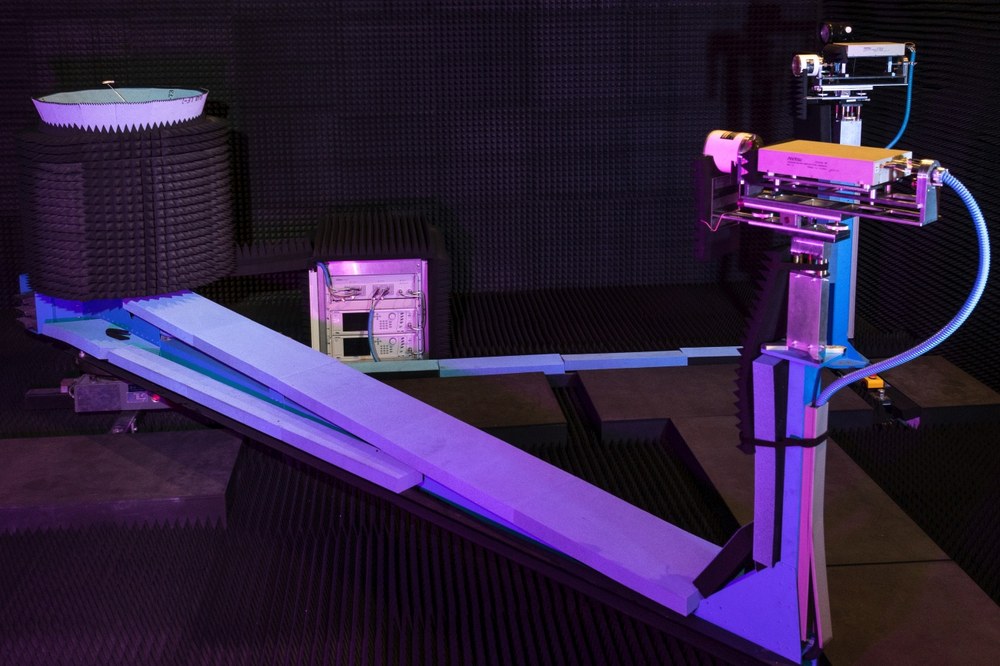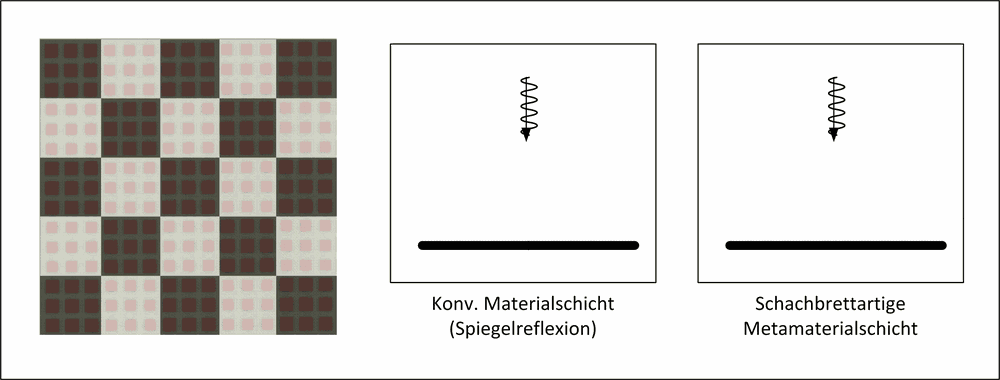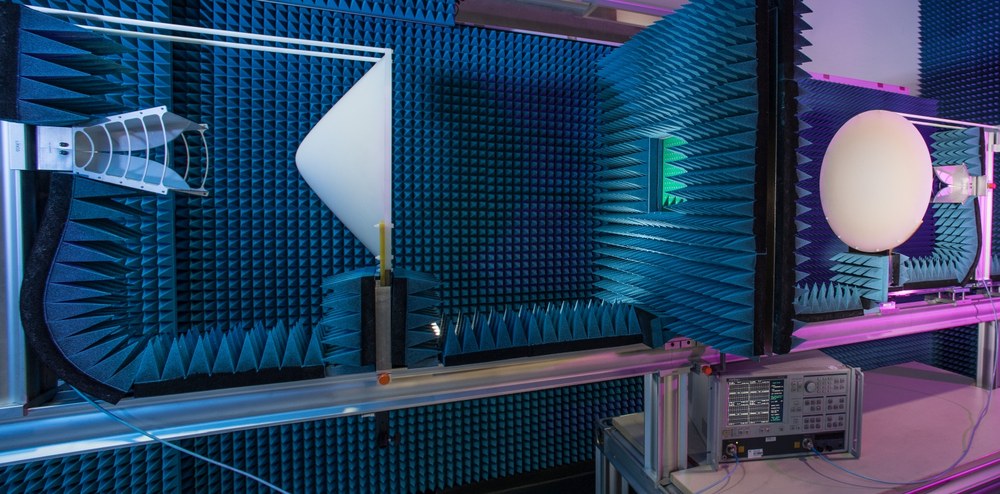Signatures
Numerical simulation of radar signatures is an important and integral part of the signature analysis. Scattering properties of many targets can be estimated numerically, thus avoiding the need for expensive manufacturing and measurements. However, simulation of microwave scattering is difficult because of the large electrical size of targets of interest. Even with modern computational technologies, numerical simulation of scattering from targets such as an aircraft, a ship or a car is often impractical or even impossible. Radar imaging of electrically large targets is even more difficult because of the need for multiple evaluations of scattered fields over a range of frequencies and scattering angles. New applications at even higher frequencies (K, V or W band, Terahertz) and the use of advanced materials, e.g. metamaterial antireflection coatings, further complicate the use of exact numerical methods like MoM, FEM and FDTD. Hence, the simulation of radar signatures requires the development of approximate physically justified simulation tools for rapid estimations with acceptable accuracy. Further important tasks of the team include the design and simulation of metamaterials, material characterization and measurements of signatures on scaled models of targets.
Signature simulation and measurements
The development of numerical models concerning mono- and bistatic scattering from electrically large targets involving advanced materials is still a main task as this is the basis of advanced radar signature simulations, which are of great importance for radar remote sensing activities of DLR. The numerical models that are being developed in the team derived from high-frequency approximation methods like PO (Physical Optics), PTD (Physical Theory of Diffraction) and SBR (Shooting and Bouncing Rays Method). The methods, based on the physically clear concept of geometrical optics, permit extensions to scattering surfaces made of advanced materials, give explicit analytic description of the scattered field and do not require solving of large systems of algebraic equations. Their accuracy improves with increasing frequency, so that their applicability area is complementary to that of the exact numerical methods.
For validation purposes experimental RCS measurements (radar cross section) are performed using a bistatic experimental setup for W frequency band.
Metamaterials

Electromagnetic metamaterials are generally assembled from regular or random lattices of electrically small resonators placed in or on a substrate. They comprise a wide set of artificially structured composites with tunable electromagnetic properties that are inaccessible or difficult to obtain with naturally occurring materials and, therefore, possess the potential to become an enabling technology in a broad variety of future microwave applications. Besides having an improved functionality, metamaterial devices designed from durable and flexible materials can withstand high mechanical stress, are more robust, compact and lightweight than their conventional counterparts, which may be of particular importance to airborne and space applications.
The research activities of the team are focused on the realization and simulation of electrically thin microwave metamaterials with tunable reflection/transmission or scattering characteristics, providing new possibilities for radar cross section control. A wide range of activities are covered, from theoretical and numerical analysis to realization of prototypes and their experimental demonstration in radar cross section control of relevant targets. The figure shows a metamaterial layer consisting of a chessboard-patterned artificial surface assembled from metamaterial cells of conducting square patches printed on a grounded substrate. As opposed to conventional (specular reflecting) material boundaries, reflected waves can be steered towards non-specular directions by designing the metamaterial cell accordingly, i.e. by properly dimensioning the inclusions, period of the array and substrate material.
Optimization of reflection and transmission properties of materials
Besides metamaterials, frequency specific reflection and/or transmission can also be obtained through the application of particle-loaded thin material layers. Depending on the application, low or high values of reflection, transmission or attenuation are thereby intended. Numerical modelling of this is the preferred approach.

An important optimization application is improving and tuning the transmission properties of antenna covers (radomes) that protect antennas from hostile environment but degrade their performance.
Experimental material characterization
As non-metallic materials and coatings have become more and more important in influencing scattered, reflected or transmitted fields, the experimental characterization of potential synthetic materials over a wide frequency range has reached high importance. Several measurement setups (free space and wave guide) with different application emphases have been realized in the past. They are subject of permanent enhancements just as the corresponding evaluation software package.

If you are interested in material charakterization measurements for microwave frequencies please contact the person listed below.
